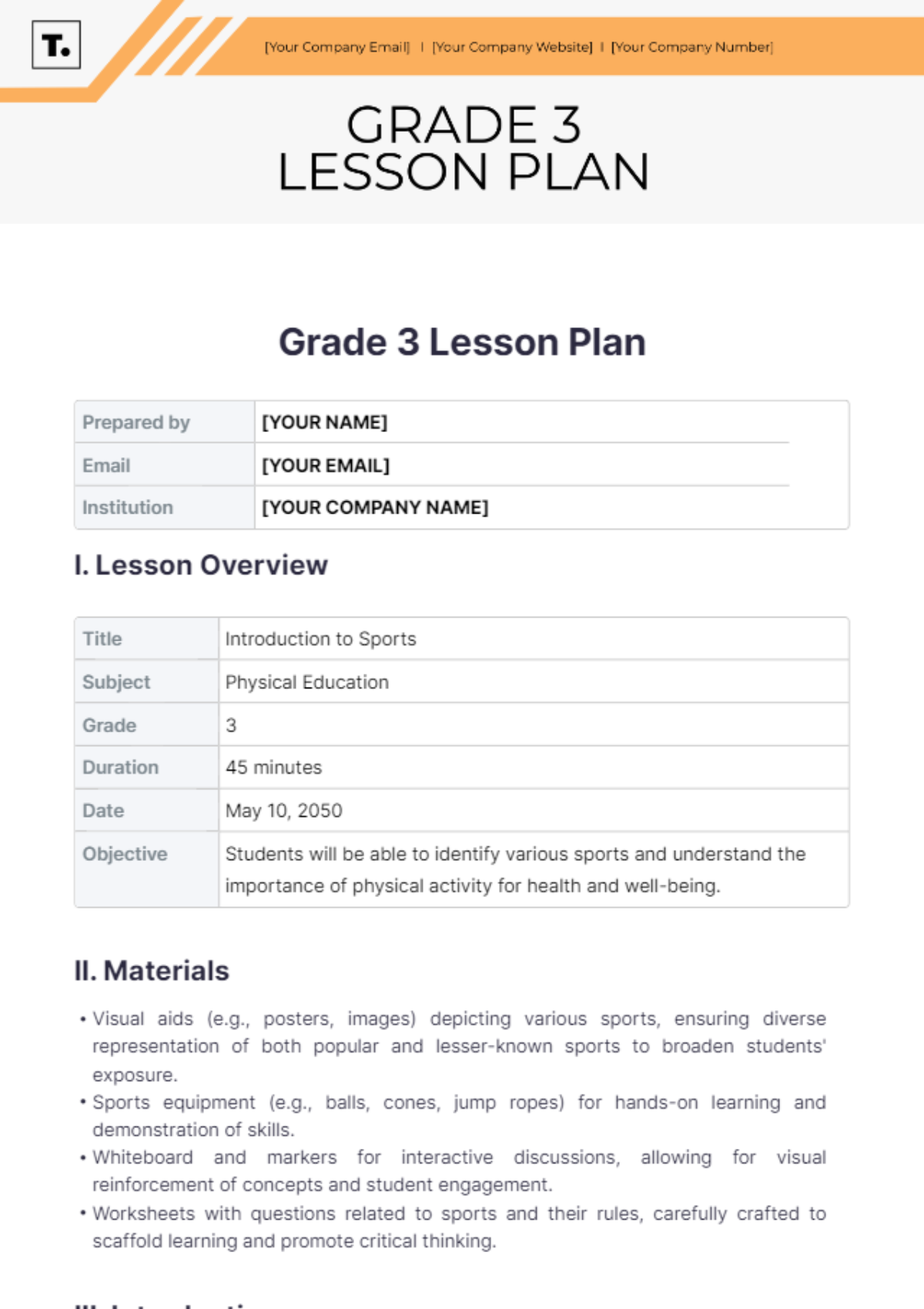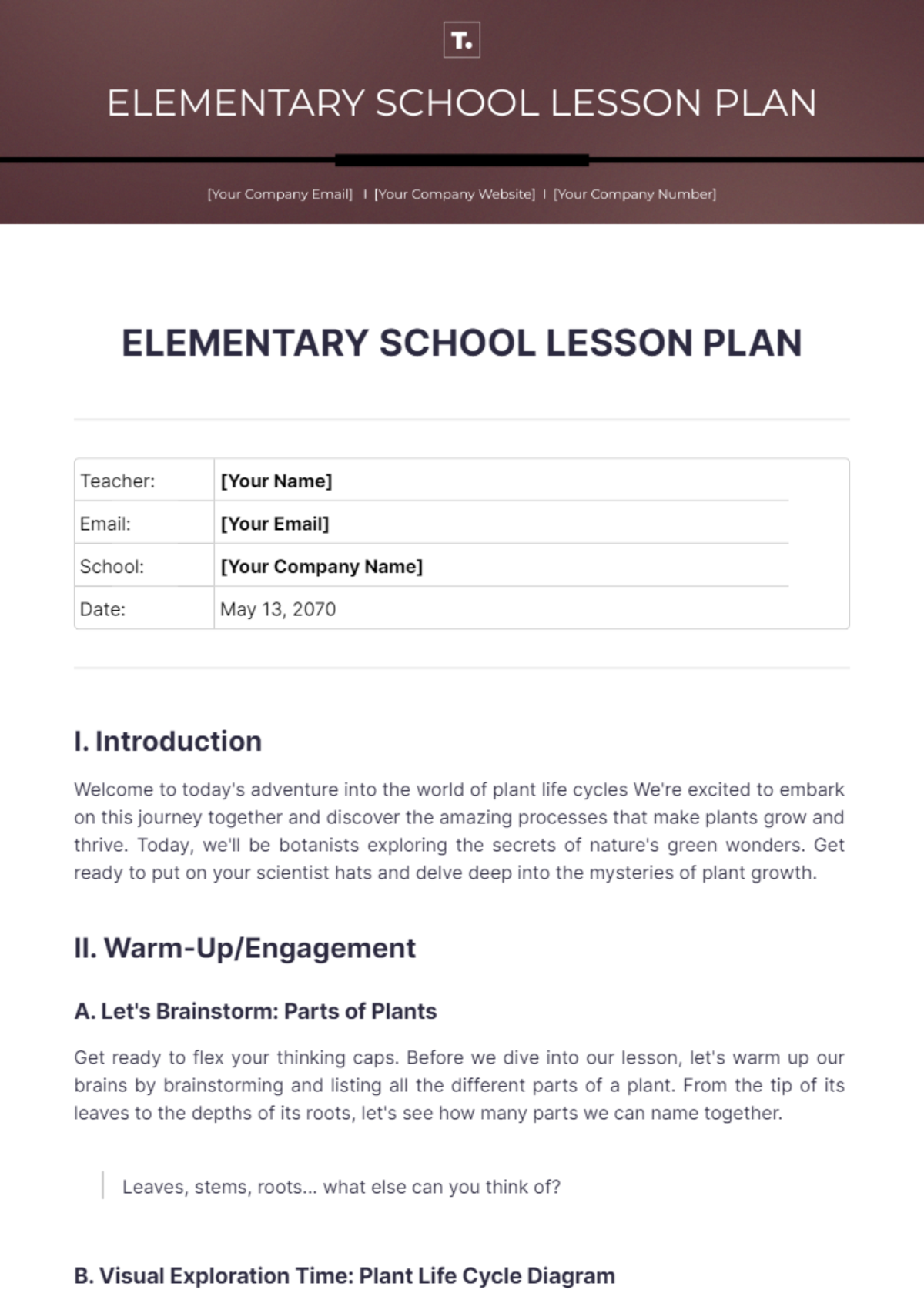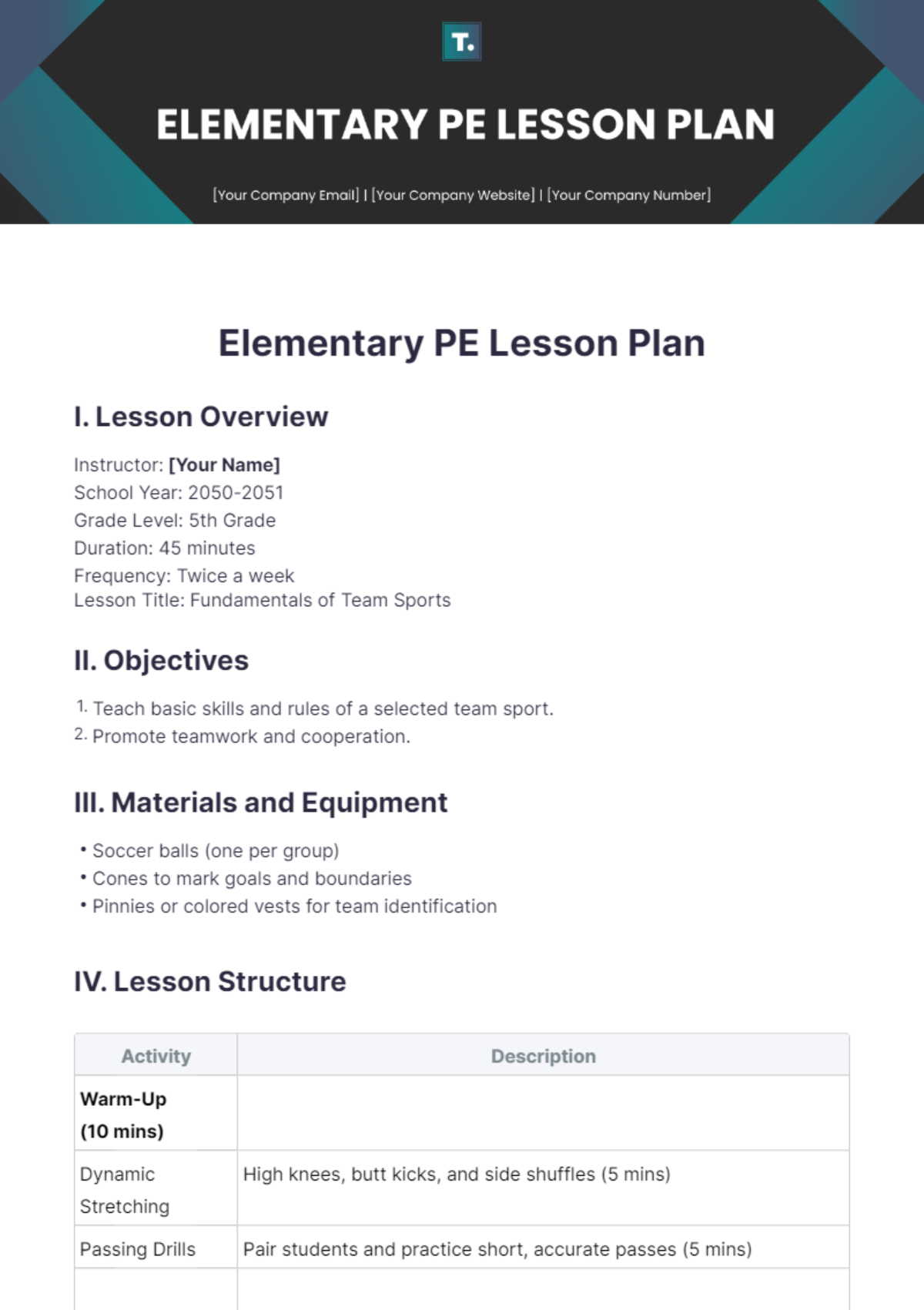Elementary Library Lesson Plan
Prepared by: [Your Name]
I. Lesson Title
Introduction to the Library
II. Lesson Objectives
Students will understand the layout and organization of the library.
Students will learn how to find and check out books.
Students will be introduced to basic library rules and etiquette.
III. Materials/Resources
Library map
Sample library books
Library cards
Visual aids or slides showing library rules
IV. Introduction
Start the lesson by gathering students in a designated area of the library and welcoming them warmly. Emphasize the significance of the library as a hub for learning, exploration, and imagination.
Introduce the objectives of the lesson, explaining that students will learn about the layout and resources of the library, as well as the importance of following library rules.
Display a large map or diagram of the library and point out key areas such as the fiction and non-fiction sections, reference materials, computers, and reading areas. Encourage students to ask questions about any areas they are curious about.
V. Instructional Procedures
Step | Description |
|---|---|
1. Library Tour | • Conduct a guided tour of the library, highlighting different sections (e.g., fiction, non-fiction, reference). • Show students where to find various resources (e.g., computers, study areas). |
2. Finding Books | • Explain the Dewey Decimal System and how books are organized. • Demonstrate how to locate a book using the library catalog and call numbers. |
3. Checking Out Books | • Show students the process for checking out books, including how to use their library card. • Explain the importance of returning books on time and in good condition. |
4. Library Rules | • Discuss basic library rules and etiquette (e.g., quiet voices, no food or drinks). • Use visual aids to reinforce the rules and ensure understanding. |
VI. Assessment and Evaluation
To assess students' understanding of library layout and resources, divide them into small groups and provide them with a scavenger hunt activity. Give each group a list of items or locations to find in the library (e.g., a specific book title, the children's section, a dictionary). Observe how well they navigate the library and locate the items.
Have students complete a short quiz or worksheet where they match library terms (e.g., fiction, reference, librarian) with their definitions or descriptions. Review their responses to gauge their comprehension of library concepts.
Encourage students to ask questions throughout the lesson and take note of the types of questions asked. This can provide insight into areas where students may need further clarification or guidance.
VII. Reflection and Extension
After the lesson, facilitate a brief reflection session where students share their thoughts and experiences. Ask questions such as, "What was the most interesting thing you learned about the library today?" and "How do you think knowing your way around the library will help you in the future?".
Extend learning beyond the lesson by assigning a library-related project or activity. For example, students could create a poster highlighting different sections of the library, write a short book review of a library book they enjoyed, or conduct a mini-research project using library resources. Encourage creativity and independent exploration to foster a love of learning and discovery.















